Air Clutches – The Hidden Heroes Of Industrial Transmissions

How Air Clutches Work
Air clutches control power or torque transfer between two shafts. The system consists of plates or grabbing disks that engage the flywheel to transfer engine power, like in an automobile, to the transmission or the PTO shaft found on machinery and construction equipment.
When a clutch control unit receives a signal from a switch to engage, compressed air is supplied to a particular valve assembly. When the valve is opened, it allows the air to expand against pressure springs. When the pressure is enough to overcome the force of the springs, the friction discs and drive disks wedge together to make a connection.
Different types of clutches are available to suit a wide range of needs. Wrap spring clutches coil and uncoil to transfer power, while ball detent or roller detent designs use rollers that wedge between the inner and outer races to create a power connection. All have a long operating life and disengage without noise or shock.
Benefits of Air Clutches
The main benefit of air clutch systems is that they allow for faster engagement and disengagement, which can result in higher productivity. Additionally, they are much quieter than other types of clutches.
The mechanism of an air clutch works by regulating the contact between two power shafts. When a signal is sent via a shifter mechanism, the control unit activates a magnetic valve assembly to open, and compressed air flows through it to engage the clutch. Increasing the amount of airflow can improve the gear ratio while decreasing it can decrease it.
K&L Clutch & Transmission offers a variety of different models for various applications. For example, the LKB combination clutch brake is a spring-set disc-style unit that operates backlash-free and generates minimal axial load. This allows the system to provide high torque capacity with low heat generation, allowing for longer lining life and stable friction coefficients. This system is ideal for high cyclic rate applications.
Installation
Although air clutch systems come in various designs (Twin Disc and Oil States, for example), all have the same considerable function: synchronizing shafts that spin at different speeds (like a car’s transmission and engine). An air system does this with an innovative twist. Upon activation, it pushes air through a rotary inlet through the shaft adapter hub to displace a pneumatic throw-out bearing against the middle of the diaphragm spring.
Pressurizing the actuating cylinder causes the clutch’s discs to clamp onto the splined drive ring, creating torque. The clutch can then be disengaged with air pressure to allow the application of force to accelerate a load quickly and efficiently, free from centrifugal effects, self-energization, and friction lining wear.
Before mounting the action clutch, ensure that the exposed face of the shaft adapter hub has a runout (the distance from the grip to the end of the corner) of less than.004 inches. Also, the clutch and adapter hub should be lubricated with “Anti-Seize” before reassembling the unit.
Maintenance
Air Clutches require little maintenance when they are installed correctly. However, some operational habits can cause clutch and brake damage, decreasing their lifespan. One of the most common is ‘riding’ a clutch between gear shifts or ‘slipping’ a clutch to gain extra forward momentum when towing a heavy load. These activities generate high levels of internal friction and create heat that can reduce the lifespan of a clutch or brake.
Bleeding the system regularly is also essential to ensure that small pockets of air in the hydraulic fluid don’t affect the function and performance of your clutch or brake. This simple task involves accessing the bleed screw on the slave cylinder and opening it while someone else presses the pedal to the floor.
Other factors that can reduce the life of an air clutch or brake are incorrect installation, misalignment, and anti-rotational restraints. These can all induce bearing or lining wear in a clutch or brake.


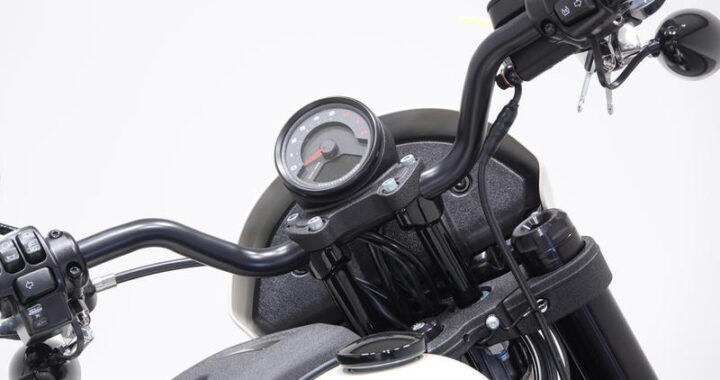 “Dominator’s Low Rider S Handlebar Kits: Elevate Your Ride with Precision and Style”
“Dominator’s Low Rider S Handlebar Kits: Elevate Your Ride with Precision and Style”  Top 10 Tips for Buying a Used Car
Top 10 Tips for Buying a Used Car 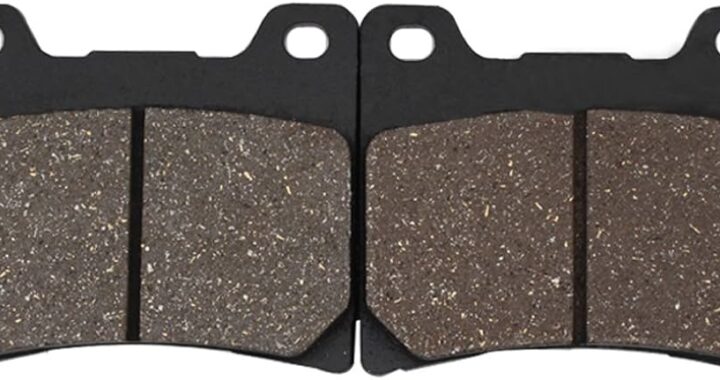 Installing VMAX Front Brake Pads
Installing VMAX Front Brake Pads 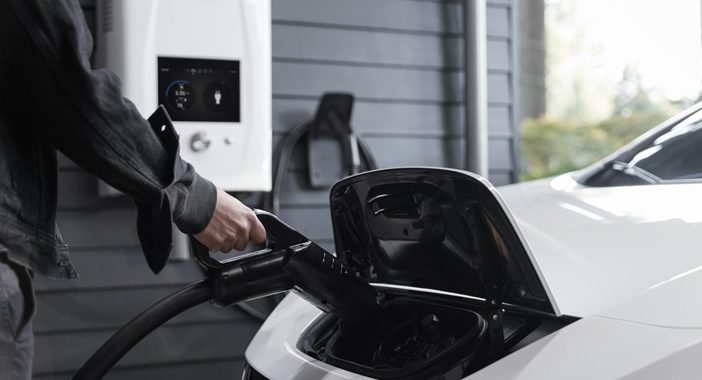 Veritas Global Protection: Electric Car Vehicle Protection
Veritas Global Protection: Electric Car Vehicle Protection  How To Choose Second-Hand Bikes From The Used Bike Showroom Near Me
How To Choose Second-Hand Bikes From The Used Bike Showroom Near Me  How to Handle a Car Accident with Law: What You Need to Know
How to Handle a Car Accident with Law: What You Need to Know 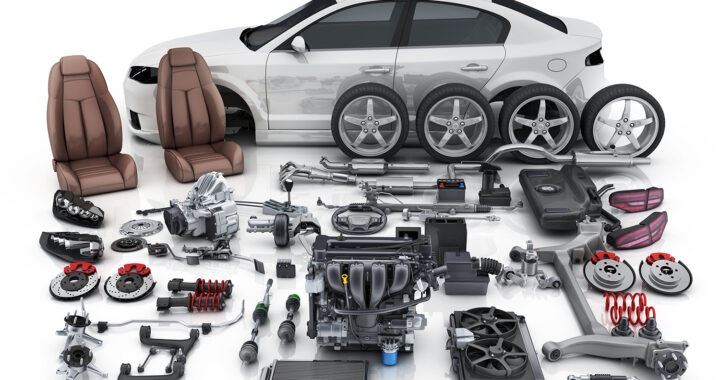 Step By Step Guide To Buying The Best Auto Parts
Step By Step Guide To Buying The Best Auto Parts 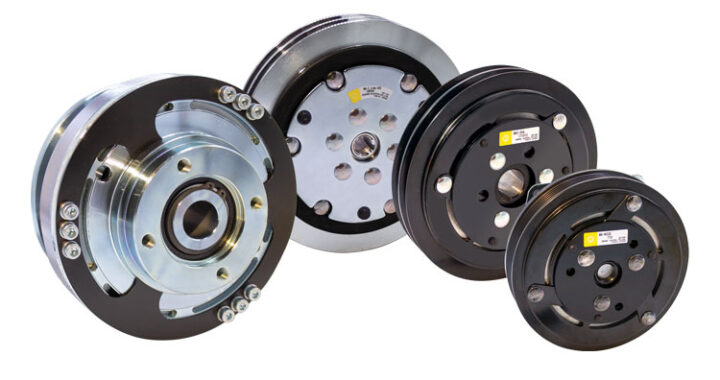 Air Clutches – The Hidden Heroes Of Industrial Transmissions
Air Clutches – The Hidden Heroes Of Industrial Transmissions